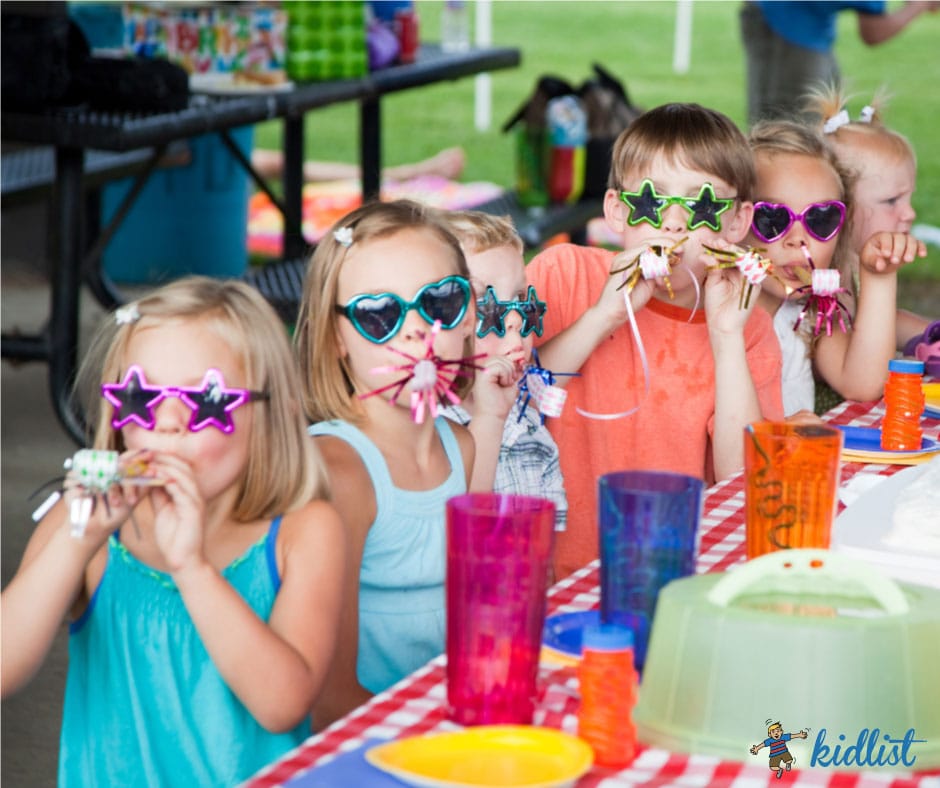Thanks for volunteering to water the seedlings this week! I put together a video tour so you know where everything is, how to navigate the grow lights, and some tips that we have learned to make watering easier and more efficient. It’s is a little less than five minutes and should give you a good overview of what to expect.
Below are the instructions written out if you prefer to read them, but here are the two main points:
- Only water the pots that are dry.
- Make sure the grow lights are 2-3 inches above the tops of the plants.
Watering Supplies
The green bucket, cup, and purple watering can are kept next to the white grow racks and can be filled in either the STEM Room or Teacher’s Lounge. This year we started filling both the bucket and watering can with water and then refilling the watering can by dipping it in the bucket and found that to be faster than using a small cup, but you are welcome to what works best for you.
Grow Light Positions
The grow lights should be positioned about 2-3 inches above the tops of the plants. That means that if the plants on one side are taller than the other, it’s okay that the lights are slanted. If the lights are too close to the plants, the leaves will begin to burn and turn yellow. If they are too high, the plants will get leggy, which means the stalks will become very skinny and tall, making for a less sturdy plant. You are welcome to adjust the lights up and down as you see fit. There are knobs on either side that function like wing nuts. Loosen the knob, move that side of the light up or down, then tighten again.
What Plants to Water
Only water the plants that are dry. The best way to tell if the soil is wet or dry is by feeling it. Lightly press your finger on the surface of the dirt and if it’s flaky, dry, and light in color, that plant needs to be watered. If the soil sticks to your finger, feels wet, and is darker in color, please do not water that plant. When seedlings are overwatered and constantly kept wet, a greenish layer grows on top of the soil and stunts growth and can even prevent seedlings from sprouting or growing well.
Tips for Easier Watering
The grow lights tilt and we have found that it’s easiest to tilt the lights back so gain better access to watering the first three rows of plants. Then you can pull the grow rack out from the wall, tip the light the other way and water the back three rows. Just don’t forget to put the rack and light back to their normal positions when you are done.
Each pot can be filled level with the top of the pot to make sure it’s saturated. There are holes in the bottom of the pots for drainage and there is also a grid on the bottom of the tray so the pots will not sit in the drained water.
How This Can Help You At Home
Please note that this info is not in the video.
The techniques for watering seedlings can transfer to your house plants at home! The most common mistakes with watering house plants are either watering too much or not watering deeply enough.
The best way to tell if your plants need to be watered is (just like with seedlings) touching the soil to see if it’s dry. Keep in mind that smaller potted plants need to be watered more often that plants in large pots, which is why we water the seedlings at school every couple of days.
Instead of watering small amounts frequently, house plants in general benefit from the soil drying out and then being completely watered all the way through. You should see some water come out the bottom of the pot into the saucer a minute or so after watering. This allows the roots to grow throughout the space they have because water is penetrating all of the layers of soil. Watering small amounts causes the roots to hang out towards the surface of the soil waiting for small amounts of water, making the plant not as strong and resilient. Conversely, watering too often doesn’t allow the soil and roots to ever dry out, which can cause root rot. A sign of overwatered plants can be leaves turning yellow and a sign of plants that need to be watered can be leaves drooping or curling, but again, taking a look at the soil is the best indicator.
Hope this helps! Please feel free to email or call me- my contact info is in the email I sent. Thanks! -Annie













